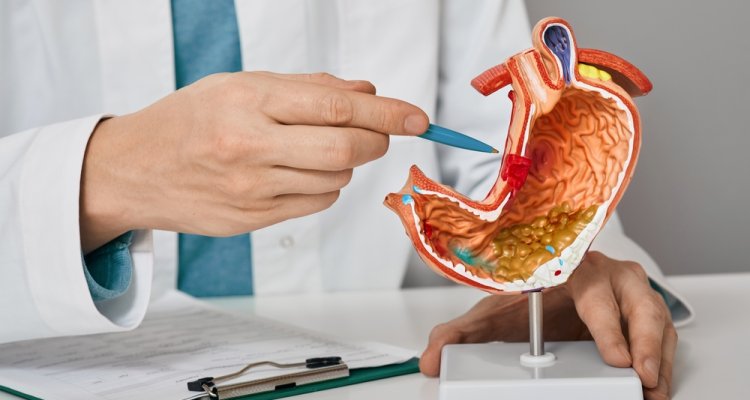
Promotie
Bridging the gap between in vitro and in vivo: an MRI toolkit for milk protein digestion studies
Samenvatting
The nutritional benefits of food depend on how well it is broken down in our gastro-intestinal tract. Gastric digestion is commonly studied using laboratory or animal experiments. However, findings from these studies need to be verified with in vivo digestion data from humans, which is challenging due to the lack of non-invasive and quantitative methods for measuring changes in gastric content. Hence, the aim of this thesis was to address the aforementioned research gap by exploring 1H MRI techniques for studying gastric digestion, both in laboratory models and in vivo in humans, using skim milk as a test product. We first developed and validated 1H MRI techniques—Magnetization Transfer (MT) and Chemical Exchange Saturation Transfer (CEST)—for monitoring structural and chemical changes during the gastric digestion of milk in laboratory experiments. Finally, we applied these methods in a human trial to study the gastric digestion of two differently heated skim milk products. This work underscored the potential of MRI as a valuable tool for non-invasively measuring intra-gastric processes during digestion directly in humans. Our findings demonstrate that the effects of heat treatment on gastric milk protein digestion may differ in humans compared to what has been observed in laboratory and animal studies.